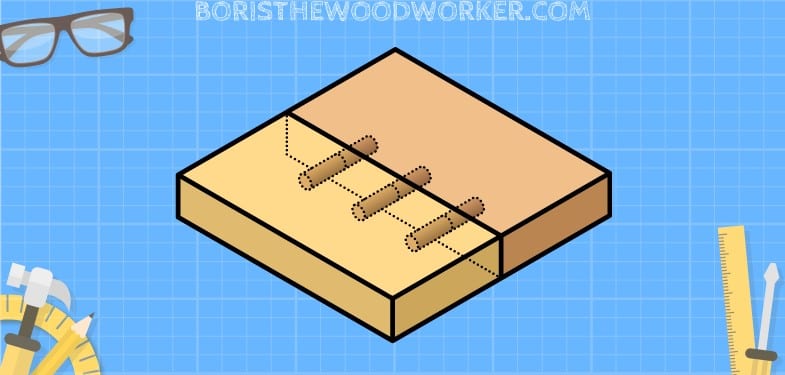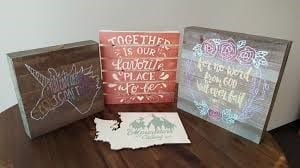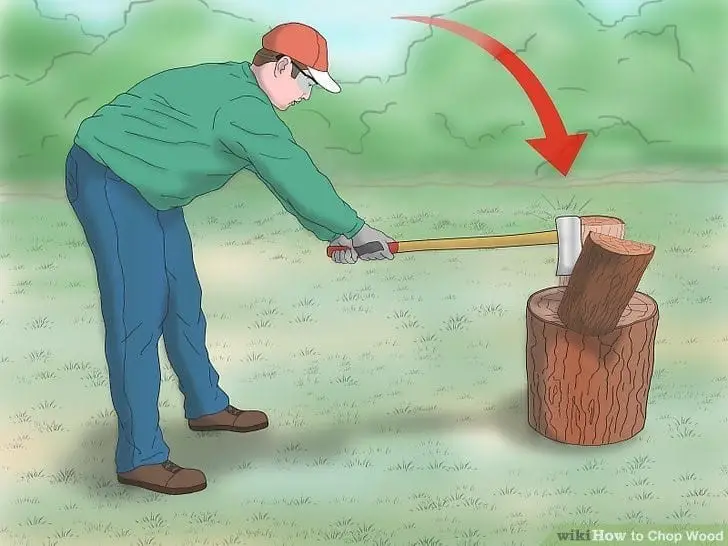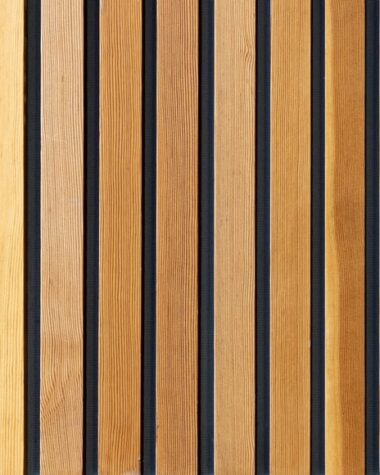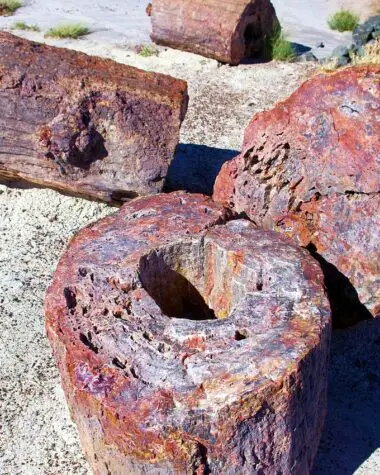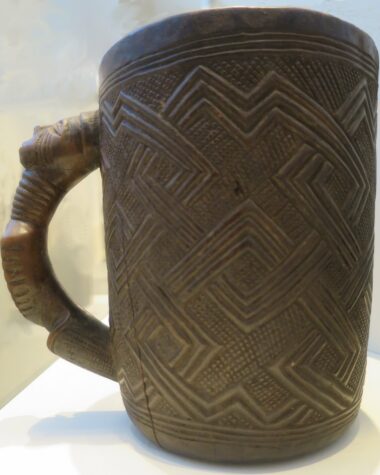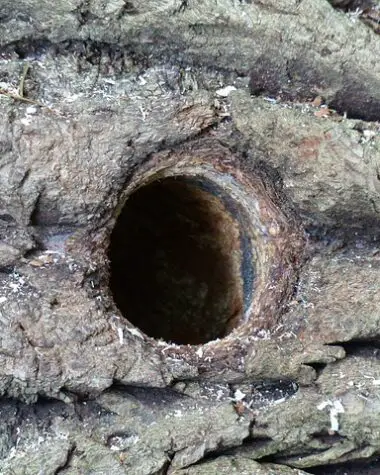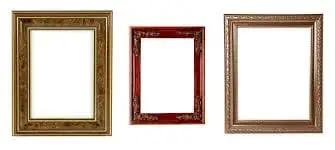If ever you would want to join two pieces of boards together lengthwise then that can be a tricky job. You need to know that joining these boards need more than just using glue. You need to see to it that you will be using a form of reinforcement in order to make the joints stronger.
There are many different options that you can have out there. And that is why in this article, we will be talking about the many different always on how you will be able to join two boards together lengthwise.
Materials needed
- Metal or plywood straps
- Wood glue
- Clamps
- Pocket hole jig
The different ways to join two boards lengthwise
Using metal or plywood straps
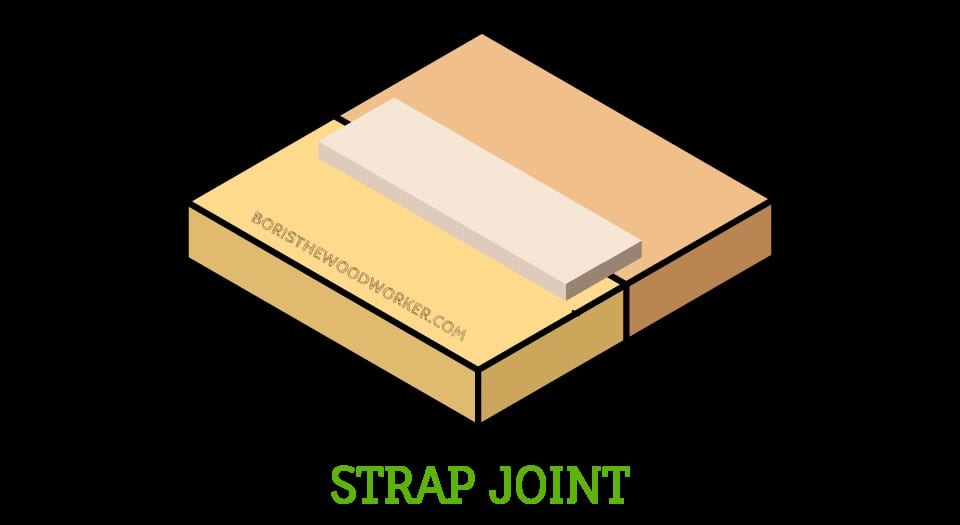
Image Source: https://boristhewoodworker.com/woodworking-101/best-ways-to-join-pieces-wood-end-to-end/
You are able to use a metal or plywood straps we joining two board once the appearance that they have don’t matter. You need to have a 1/4 inch plywood to provide a stronger gluing surface. Once you are able to do this one then you are also able to save money from it.
- You need to cut the straps as wide as you can depending on how much the pieces will allow.
- Locate the opposite face once you will be working with boards that have profile points.
- See to it that you will determine the screw holes over the thickets profile points.
- You now need to screw or glow the straps to the piece of work that you have.
- Once the glue has dried then it is now time to do the same on the other half of the strap.
- Clamp the assembly together on any flat surface that you have. You can also choose to add mounting screws to the back of the pieces for a stronger result.
Using splines
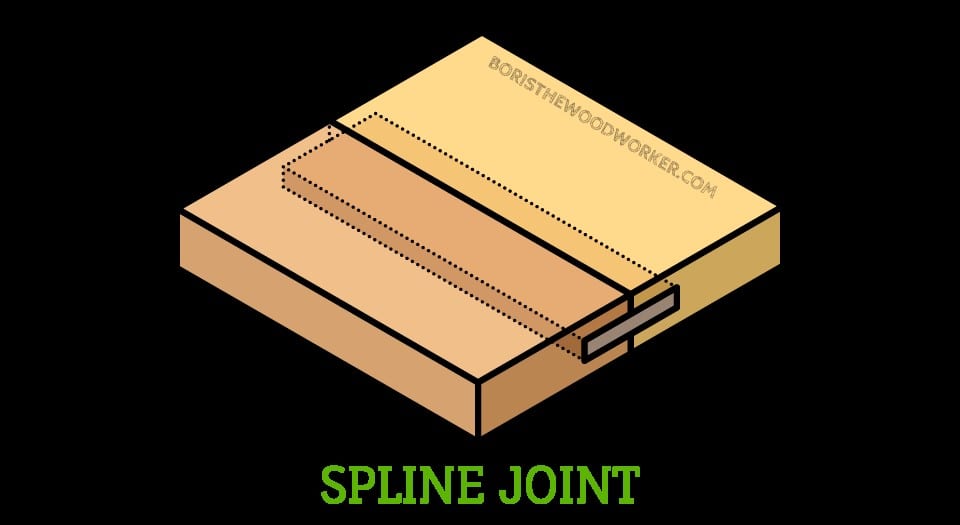
Image Source: https://boristhewoodworker.com/woodworking-101/best-ways-to-join-pieces-wood-end-to-end/
A material or a plywood that is inserted into the matching plows or grooves what is referred to as a spline. This is basically done so that the edge of the board will be strengthened and reinforced.
- You can do this by marking each of the joint on the tip and set a saw blade half the length of the splines.
- In order to get a consistent groove then you will need to place the top fences against the top fence of the saw blade. For you to prevent a tear out then you should use the backer block.
Using a dowel joint
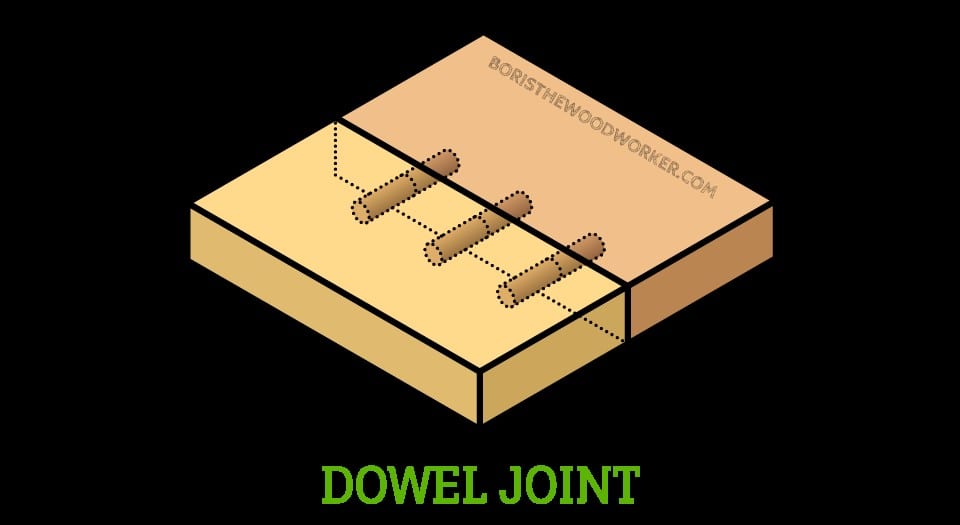
Image Source: https://boristhewoodworker.com/woodworking-101/best-ways-to-join-pieces-wood-end-to-end/
An easy and invisible option of joining two boards together is by using a dowel joint. 1. What you need to do to achieve this one is to butt the pieces and mark the dowel positions accordingly.
- Position the doweling jig over the top of the mark and start drilling your holes. The holes should be around 1/16 inch deeper than the half the dowels length.
- You now need to spread the glue over one piece within the holes and insert the dowels. You need to clamp this pieces over a flat surface to let it dry.
- Glue the end grain and house the other piece. Once you are done, force the piece together and clamp them and leave it to dry.
Using a pocket-hole screw

Image Source: https://www.cabinethardware.com/Fine-Thread-Washer-Head-Pocket-Hole-Screw-p/1184.htm
The pocket hole screw is also another quick solution. This technique will give you an easy and strong alternative in joining your two boards. You need to make sure though that you will have a pocket hole jig. This will let you drill an angled hole through the workpieces and init the other one. Once the hoes are made then you will need to insert a screw in order to hold the pieces together.
Using a bevel-cut scarf joints
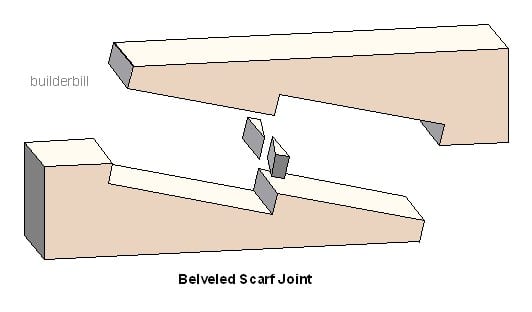
Image Source: http://festoolownersgroup.com/festool-tools-accessories/domino-instead-of-scarf-joints/
- Make an angled cut at the ends then more of the long grain will be exposed and there is a better bond that will be created. You will have more gluing surface once you are able to make sharper angles.
- To makes sure that you will have matching angles then you will need to cut into the end to one side of your saw blade while also cutting the opposite ends on the other side. This will ensure that you will have catching pieces regardless of the angles that you will be making.
Conclusion
Choosing among the different ways on how you are able to join two boards together lengthwise is just a matter of personal preference. You will need to look at the effort that you want to put in as well as the quality that you want to get out of it.
